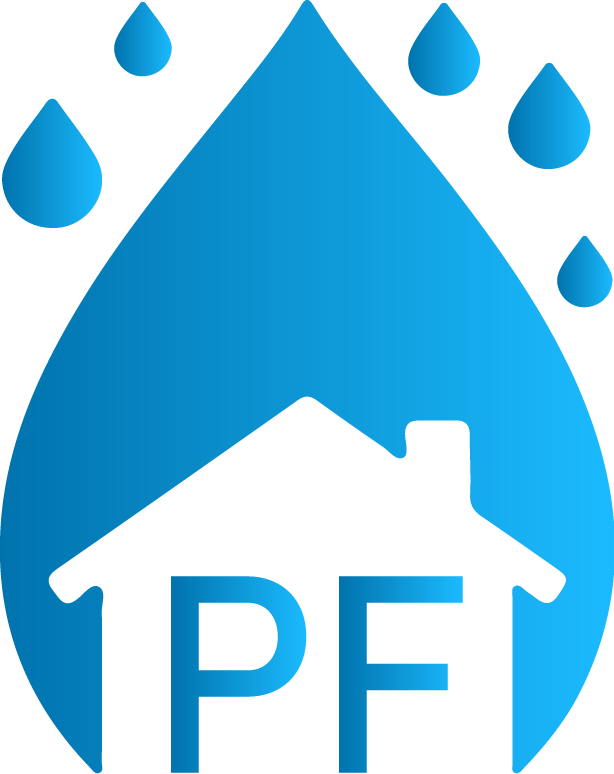Waterproofing for reinforced walls
 We provide a 10-Year Warranty With
We provide a 10-Year Warranty With this Service. The Warranty is legally certified
and documented by a Notary Public.
 With this service, you can upgrade your 10-years warranty to 20-Years. Check below for more info.
With this service, you can upgrade your 10-years warranty to 20-Years. Check below for more info.
 We offer the best prices with full transparency - no hidden fees, and no compromise on quality.
We offer the best prices with full transparency - no hidden fees, and no compromise on quality.
 We use only top-grade European products - All Material data sheets are available upon request.
We use only top-grade European products - All Material data sheets are available upon request.

Wall Preparation
Cutting the Steel Bars
We begin by cutting the exposed 6mm steel reinforcement bars, which are often left sticking out from the concrete. This prevents future corrosion and prepares the surface for sealing.Applying Grout with SBR
We fill the gaps left by the removed steel using grout mixed with SBR. This mixture enhances adhesion, flexibility & waterproofing performance.Iron Paste Application
After grouting, we apply iron paste precisely where the steel bars were removed to seal the area and prevent water from penetrating through the old steel points.Surface Grinding
The entire wall is then treated with an angle grinder to smooth out rough surfaces, remove laitance, and prepare for consistent waterproofing coverage.Crack and Fissure Treatment
Finally, we apply grout to all visible fissures and hairline cracks across the wall to ensure a completely sealed and unified surface.
The Foundation layer
A liquid asphalt foundation layer is first applied to the wall to improve adhesion and ensure the effectiveness of the waterproofing asphalt layer. This crucial preparatory step acts as a bonding agent, reinforcing the surface and optimizing the waterproofing process.


Applying Asphalt Membranes to the Walls
Once the foundation layer has fully dried, we proceed with the application of two asphalt membranes, sealed carefully using heat.
First Layer – Smooth Asphalt
We start by applying a smooth asphalt membrane, which provides the primary waterproofing barrier directly onto the prepared surface.Second Layer – Pebbled Asphalt
On top of the first layer, we apply a pebbled asphalt membrane, which features an outer layer of protective mineral pebbles.
This layer offers enhanced durability, with greater resistance to sun exposure, rain, and temperature fluctuations compared to standard smooth asphalt. Here you can upgrade your 10 year warranty to 20 years by choosing a 6mm pebbled asphalt instead of the standard 4mm we use.
The combination of these two layers ensures maximum protection, especially for side walls exposed to harsh weather or debris buildup.
Final Protection Layer
As a final step, we place a Cartonal sheet (plastic protective layer) directly over the asphalt membrane. This layer acts as a barrier against physical damage.
We then construct a 10 cm-thick concrete protection wall along the base of the waterproofed surface. This wall serves to shield the membrane from construction debris or materials that may be placed against the side of the building, ensuring the waterproofing layer remains intact and long-lasting.

